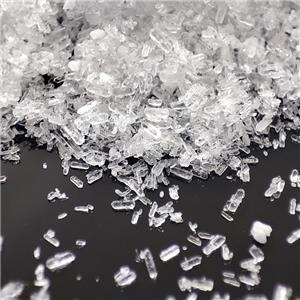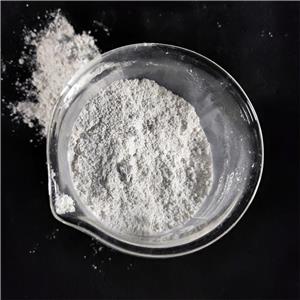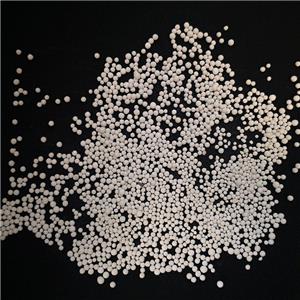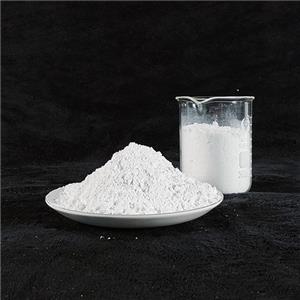Understanding Calcium Carbonate: Comprehensive Analysis of 17 Differences between Light Calcium and Heavy Calcium
Understanding Calcium Carbonate: Comprehensive Analysis of 17 Differences between Light Calcium and Heavy Calcium
Calcium carbonate is an important inorganic salt with a wide range of uses. According to different processing methods, it is mainly divided into heavy calcium carbonate (referred to as heavy calcium) and light calcium carbonate (referred to as light calcium). Whether it is heavy calcium or light calcium, calcium carbonate is the most widely used powder filler in plastics, rubber, papermaking and other industries.
Heavy calcium carbonate: Also known as ground calcium carbonate, it is mainly made by physically processing natural calcite, limestone, dolomite, chalk or shells.
Light calcium carbonate: Also known as precipitated calcium carbonate, it is processed through a series of chemical reactions using chemical methods.
In addition to significantly reducing the production cost of plastic products, calcium carbonate can also improve certain properties of the material. Research shows that the rational use of different types of calcium carbonate can improve the performance of matrix plastics. However, the difference between light calcium and heavy calcium has always been the focus of users. The following will comprehensively analyze the differences between the two from 17 perspectives.
1. Production method
Heavy calcium: Using calcite, marble, limestone, chalk, white marble and other natural minerals as raw materials, it is made into powder materials through mechanical grinding.
Light calcium: Using limestone as raw material, it is made into powder material through complex chemical processes such as calcination, digestion, carbonization, dehydration, drying, and classification.
2. Bulk density
Heavy calcium: The bulk density is large, usually 0.8~1.3g/cm³.
Light calcium: The packing density is small, usually 0.5~0.7g/cm³, and the packing density of some nano-light calcium is even as low as 0.28g/cm³.
3. Oil absorption value
Heavy calcium: Large particles, smooth surface, small specific surface area, so the oil absorption value is low, usually 40 ~ 60mL/100g.
Light calcium: small particles, rough surface, large specific surface area, high oil absorption value, generally 60~90mL/100g.
4. Whiteness
Heavy calcium: Due to relatively large amounts of impurities, the product whiteness is usually 89% to 93%, and a few high-quality products can reach 95%.
Light calcium: high purity, whiteness is generally 92% to 95%, and some high-quality products can even reach 96% to 97%.




